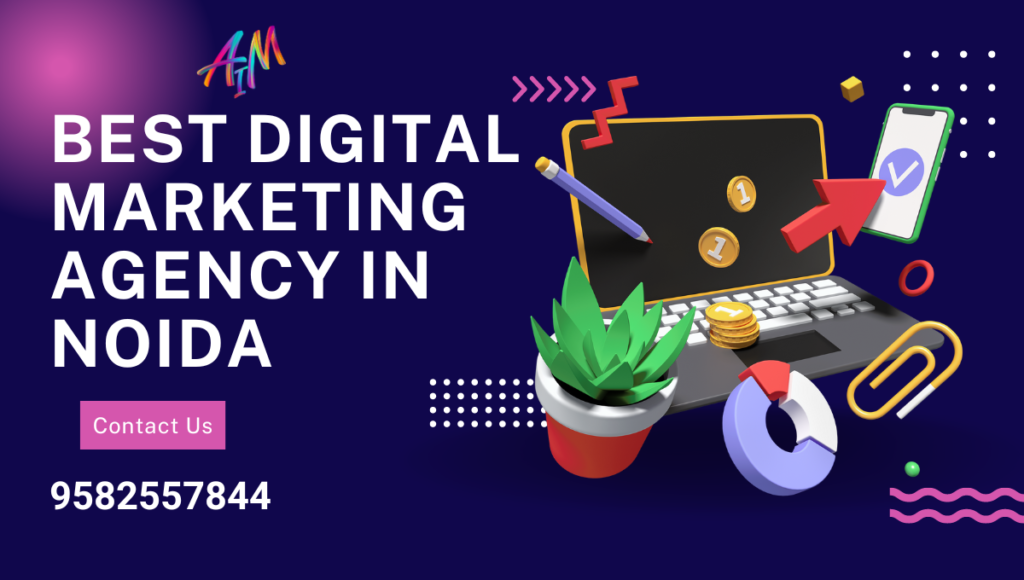Email Marketing- In today’s digital age, where social media and instant messaging platforms dominate communication, one might wonder if email marketing still holds relevance. The truth is, email marketing remains one of the most powerful tools in a marketer’s arsenal. With its ability to deliver targeted messages directly to subscribers’ inboxes, it continues to yield high returns on investment when executed effectively. In this comprehensive guide, we’ll delve into the world of email marketing, exploring its benefits, best practices, and strategies to help you unlock its full potential.
Understanding Email Marketing
Email marketing involves sending commercial messages to a group of people via email. These messages can vary from promotional offers and product updates to newsletters and personalized recommendations. Unlike social media, where your content competes for attention in a cluttered feed, emails have a more direct pathway to your audience’s eyes.
The Benefits of Email Marketing
- Reach and Engagement: With billions of email users worldwide, you have the potential to reach a vast audience. Moreover, email tends to have higher engagement rates compared to other marketing channels, with subscribers actively checking their inboxes.
- Targeted Messaging: Email allows you to segment your audience based on demographics, behaviors, or past interactions. This targeted approach ensures that your messages resonate with recipients, leading to higher conversion rates.
- Cost-Effectiveness: Email marketing is incredibly cost-effective, especially when compared to traditional forms of advertising like print or TV. With minimal overhead costs, you can achieve significant returns on your investment.(Email Marketing)
- Measurable Results: Unlike traditional marketing methods, email marketing provides detailed analytics. You can track metrics such as open rates, click-through rates, and conversion rates, allowing you to measure the effectiveness of your campaigns accurately.
Best Practices for Email Marketing
- Build a Quality Subscriber List: Focus on growing a list of engaged subscribers who have opted in to receive your emails. Avoid purchasing email lists, as they often contain disengaged or uninterested recipients and can harm your sender reputation.
- Personalize Your Content: Personalization is key to increasing engagement and conversions. Use data such as name, past purchases, or browsing history to tailor your emails to each subscriber’s preferences and interests.(Email Marketing)
- Optimize for Mobile: A significant portion of email opens occurs on mobile devices. Ensure that your emails are mobile-responsive and display correctly on various screen sizes to provide a seamless experience for mobile users.
- Create Compelling Subject Lines: The subject line is the first thing recipients see, so make it attention-grabbing and relevant to encourage opens. Experiment with A/B testing to determine which subject lines resonate best with your audience.
- Provide Valuable Content: Deliver content that provides value to your subscribers, whether it’s educational resources, exclusive offers, or entertaining stories. Building trust and rapport with your audience is crucial for long-term success.
- Optimize Send Times: Test different send times and frequencies to identify the optimal schedule for your audience. Factors such as time zone, industry, and subscriber preferences can influence the best time to send emails.(Email Marketing)
Strategies for Effective Email Campaigns
- Welcome Emails: Make a strong first impression with a well-crafted welcome email that introduces new subscribers to your brand and sets expectations for future communication.
- Abandoned Cart Emails: Re-engage potential customers who have abandoned their shopping carts by sending targeted reminder emails with personalized product recommendations or incentives to complete their purchase.(Email Marketing)
- Drip Campaigns: Nurture leads and guide them through the sales funnel with automated drip campaigns. These series of emails are triggered based on user actions or predefined time intervals and are designed to deliver relevant content at each stage of the customer journey.
- Segmentation and Personalization: Divide your subscriber list into segments based on demographics, purchase history, or engagement level, and tailor your content accordingly. Personalized emails generate higher open and click-through rates and foster stronger customer relationships.
- Re-Engagement Campaigns: Win back inactive subscribers with re-engagement campaigns that offer incentives, exclusive content, or simply a friendly reminder of the value your brand provides. Cleaning up your email list improves deliverability and ensures you’re targeting an engaged audience.
Conclusion
Email marketing remains a powerful tool for businesses to connect with their audience, drive engagement, and ultimately, boost sales. By understanding the benefits, best practices, and strategies outlined in this guide, you can harness the full potential of email marketing to achieve your marketing goals. Remember to continually analyze and optimize your campaigns based on data and feedback to ensure long-term success in this ever-evolving landscape.




